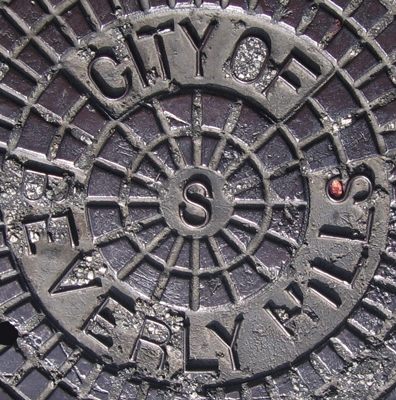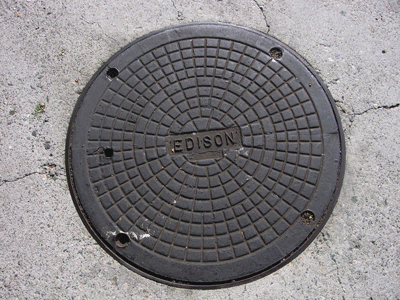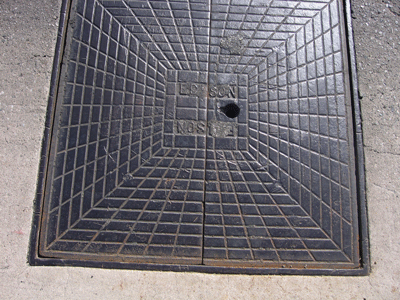 Posted May 17, 2012, 4:07 PM
Posted May 17, 2012, 4:07 PM
|
|
Registered User
|
|
Join Date: Apr 2012
Posts: 1,366
|
|
Quote:
Originally Posted by GaylordWilshire

 jericl cat jericl cat
. . . . Only recently have I noticed that L.A. has their own versions. Not sure when they first appeared. |
Thank you for touching on this subject. Concern in the US regarding foreign made sewer covers had been voiced in the late '80s. Here is an article from 1990: http://news.google.com/newspapers?ni...g=1069,1462217 Do you suppose US Foundries are still responsible for the structural steel used in buildings, bridges and rail systems? Several books and blogs have been written on the subject of manhole/sewer covers. (e.g., http://www.magney.org/photofiles/Man...LosAngeles.htm and http://www.amazon.com/Manhole-Covers.../dp/0870931687) Several books and blogs have been written on the subject of manhole/sewer covers. (e.g., http://www.magney.org/photofiles/Man...LosAngeles.htm and http://www.amazon.com/Manhole-Covers.../dp/0870931687)
Manhole cover theft is evidently a problem throughout the civilized world and that does not include dropping one on a foot. http://articles.latimes.com/2012/jan...nhole-20120124http://losangeles.cbslocal.com/2011/...s-in-alhambra/

  http://www.magney.org/photofiles/Man...lyHills-CA.htm http://www.magney.org/photofiles/Man...lyHills-CA.htm
During the Second Great War, when iron was in short supply, Los Angeles, among other cities, employed wooden manhole covers. These were probably much easier to carve than their metal counterparts.
"Wooden manhole cover in Los Angeles County, California, circa 1942. Colonel Carl H. Reeves, superintendent of the Los Angeles County, California, Maintenance Department, lifting a wooden manhole cover into place. Treated to resist termites and decay, each wooden cover saved 500 pounds of metal and could be manufactured without the use of extensive fabricating equipment. A War Production Board (WPB) order prohibited the use of iron and steel for manhole covers."



http://www.sewerhistory.org/grfx/com...mhcvrhist3.htm

|